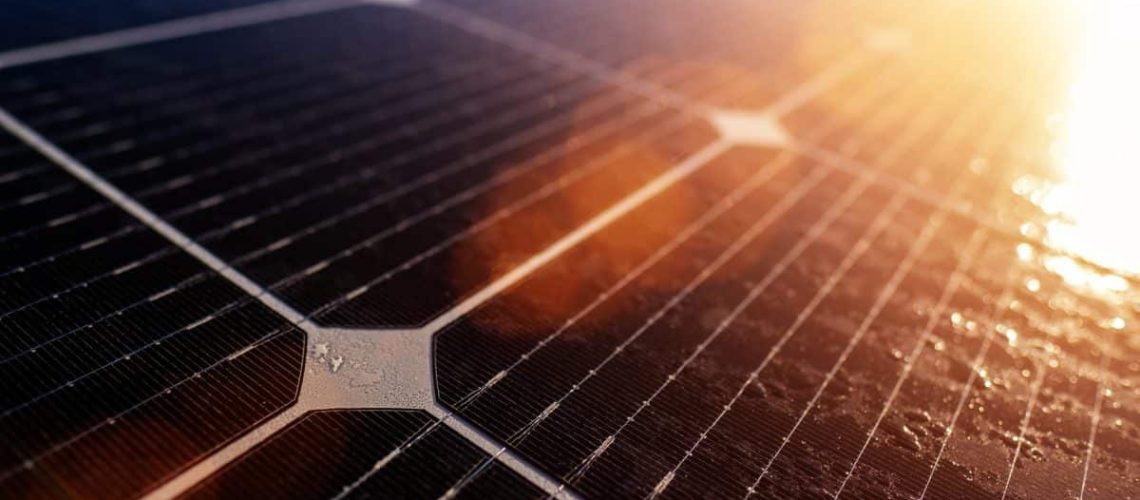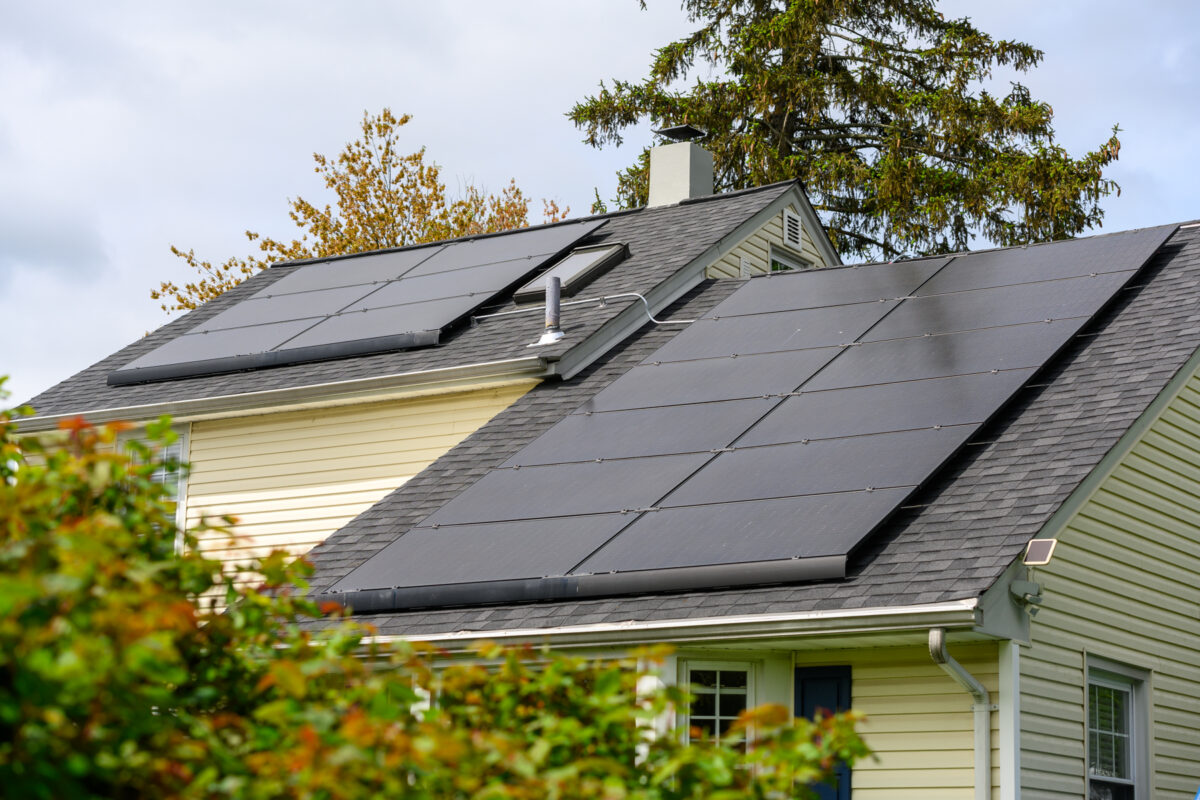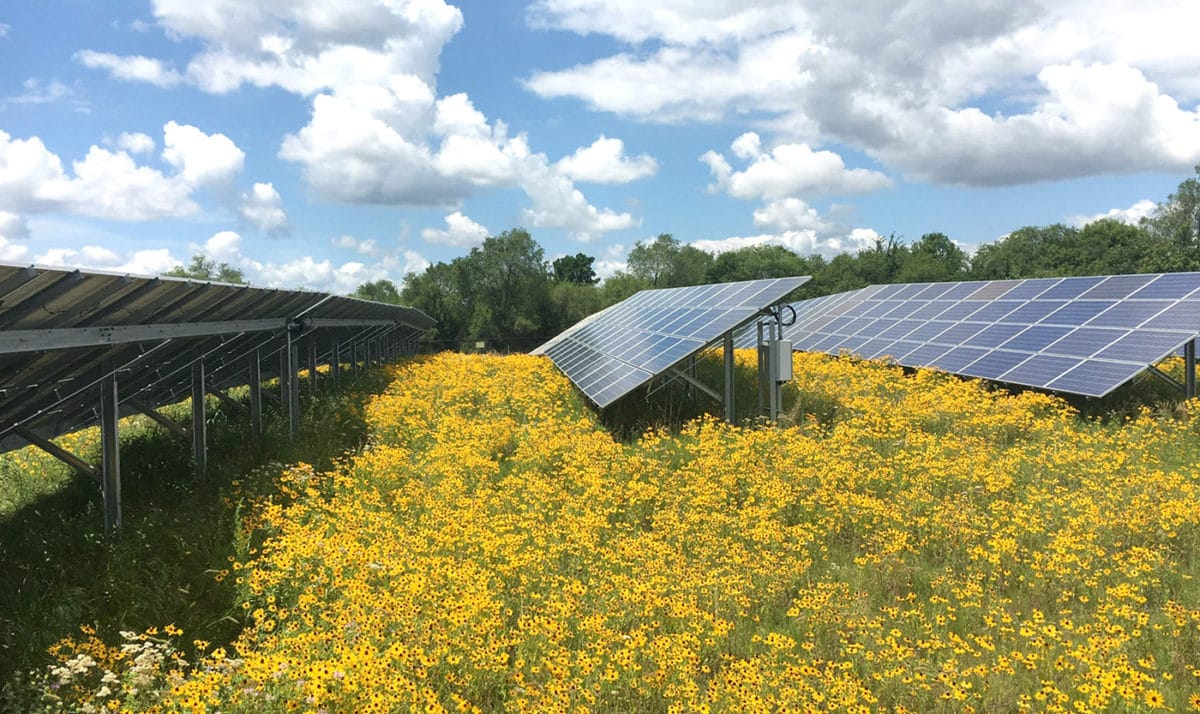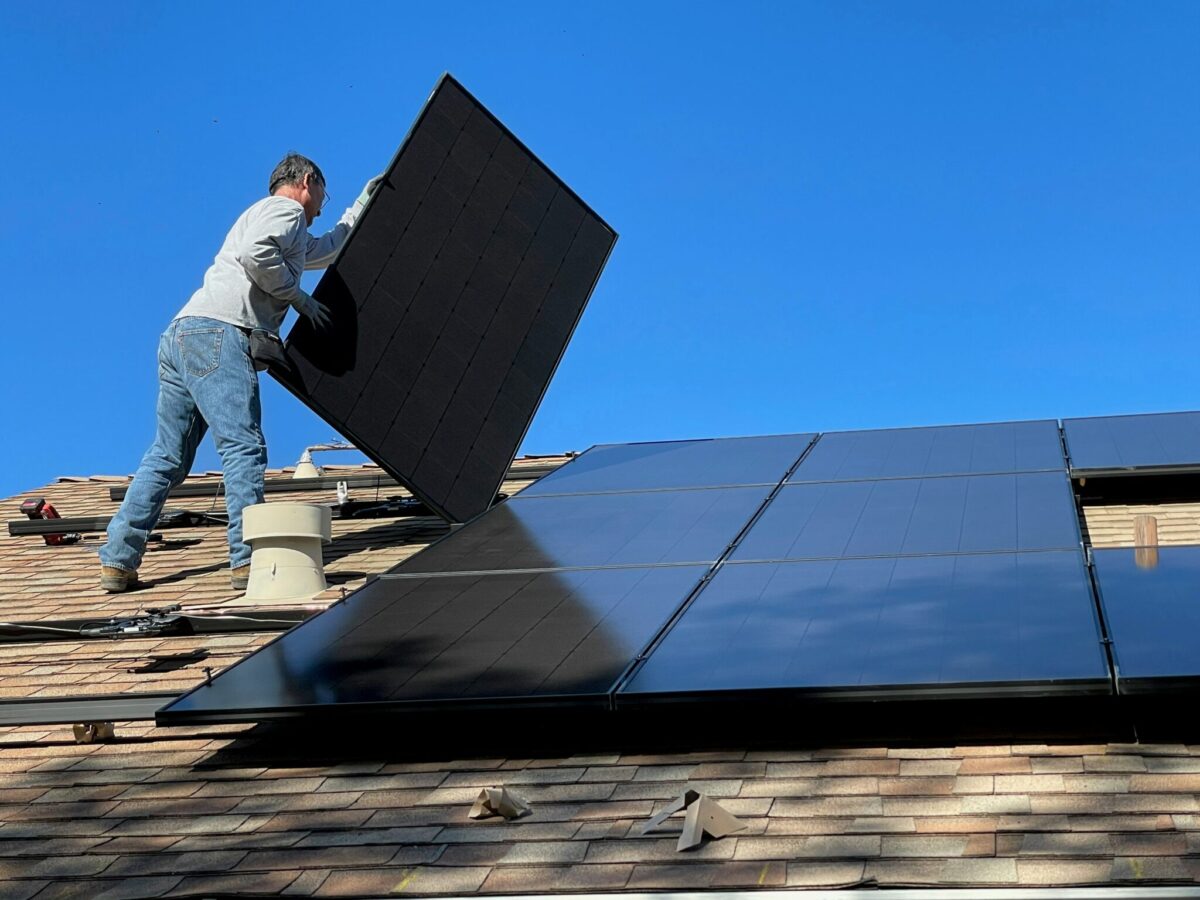The U.S. Trade Representative decided that it will expand tariffs on solar components, batteries, semiconductors, steel, and EVs from China.
The U.S. Trade Representative ruled to maintain section 301 tariffs on goods shipped from China.
The tariffs include 25% on batteries and steel, 50% tariffs of semiconductors, and a 100% tariff rate on Chinese EV imports. The agency said that many of the tariffs will take effect on September 27.
The Section 301 tariffs categorize semiconductors into two main groups, polysilicon for solar modules and silicon wafers, often used in computing.
The reiteration of tariffs reflects the Biden Administration’s “tough, targeted” approach to tariffs described to Reuters by Lael Brainard, a top White House economic adviser.
“Electrical manufacturers are meeting growing demand for clean energy goods by reshoring, new-shoring, near-shoring, and friend-shoring critical supply chains. NEMA members have invested more than $12 billion to expand manufacturing of clean energy and advanced technology goods in the United States across the grid, industrial, built environment, and mobility sectors.
“NEMA supports government policies that encourage greater supply chain resiliency as the electroindustry proactively diversifies its supply chains and lessens its reliance on China as a source of imports. However, these tariff hikes come at a critical time when domestic manufacturers are working to prioritize and accelerate the energy transition while balancing ongoing global supply chain challenges that hinder competitiveness. USTR’s announced tariff increases will disproportionately impact the electrical industry by increasing assessed Section 301 duties on electroindustry goods from $1.3 billion in 2023 to $4.0 billion in 2026.” Fred Fischer, managing director of global policy, National Electrical Manufacturers Association (NEMA).
Additionally, the United States International Trade Commission (USITC) made a ruling to extend crystalline solar cell imports to the U.S. from China. The agency determined that revoking antidumping and countervailing duty (AD/CVD) orders on solar cells from China would lead to a continuation or recurrence of material injury to U.S. businesses.
The ruling closes a five-year sunset review on the tariffs and maintains them at their current rates. A report from the ITC related to the tariff finding will be published here on October 18, 2024.
“This is an important step in aligning U.S. industrial policy and the goals of the IRA with U.S. trade policy. Both an increase in tariffs on China’s solar component exports and temporary tariff relief for certain solar equipment will boost U.S. manufacturing and send an important signal to China. The provided and suggested tariff increases on solar components from China will, in USTR’s words: defend the United States against China’s policy-driven non-market excess capacity, which has led to extreme concentration of production in China and underpriced exports.” Mike Carr, executive director, Solar Energy Manufacturers for America (SEMA) coalition.






